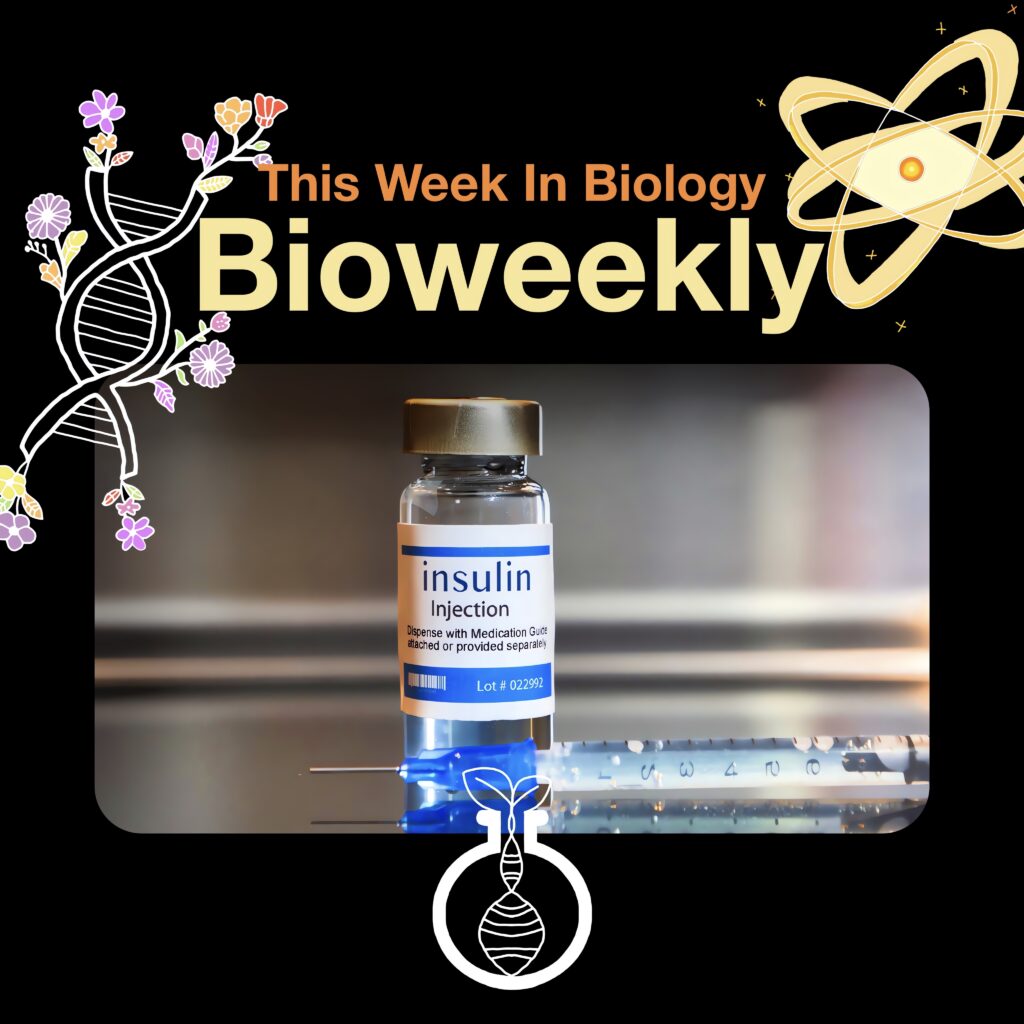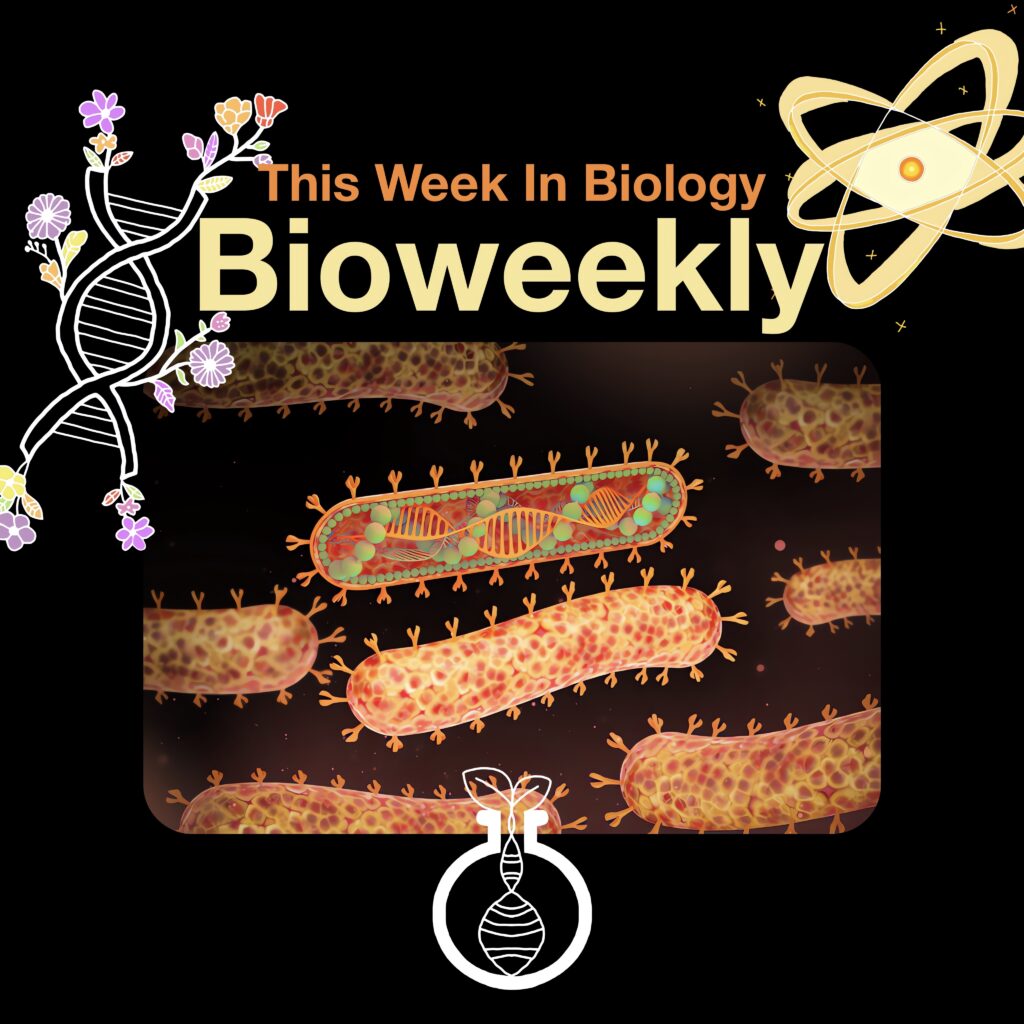This week, we dive into breakthroughs that connect your everyday world to the depths of biology. First, a large-scale study reveals a disturbing link between common plastic chemicals and rising heart disease deaths. Meanwhile, scientists unlock hidden regions of our genome that may explain what makes humans unique. And in a fascinating neuroscience twist, researchers uncover how the brain decides whether a social interaction feels good or bad, a discovery with major implications for autism and schizophrenia. Let’s break it all down.
As always, you can find all of the sources in this article right below each story.
Plastics May Be Silently Killing Us
A 2018 global study links over 356,000 heart disease deaths to exposure to DEHP, a phthalate used in plastics. India, China, and Indonesia were most affected, with developing regions bearing 75% of the toll. Phthalates are tied to inflammation, obesity, diabetes, fertility issues, and cancer. The estimated economic impact ranges from $510 billion to $3.74 trillion. Researchers urge global regulation to reduce exposure, especially in industrializing countries.
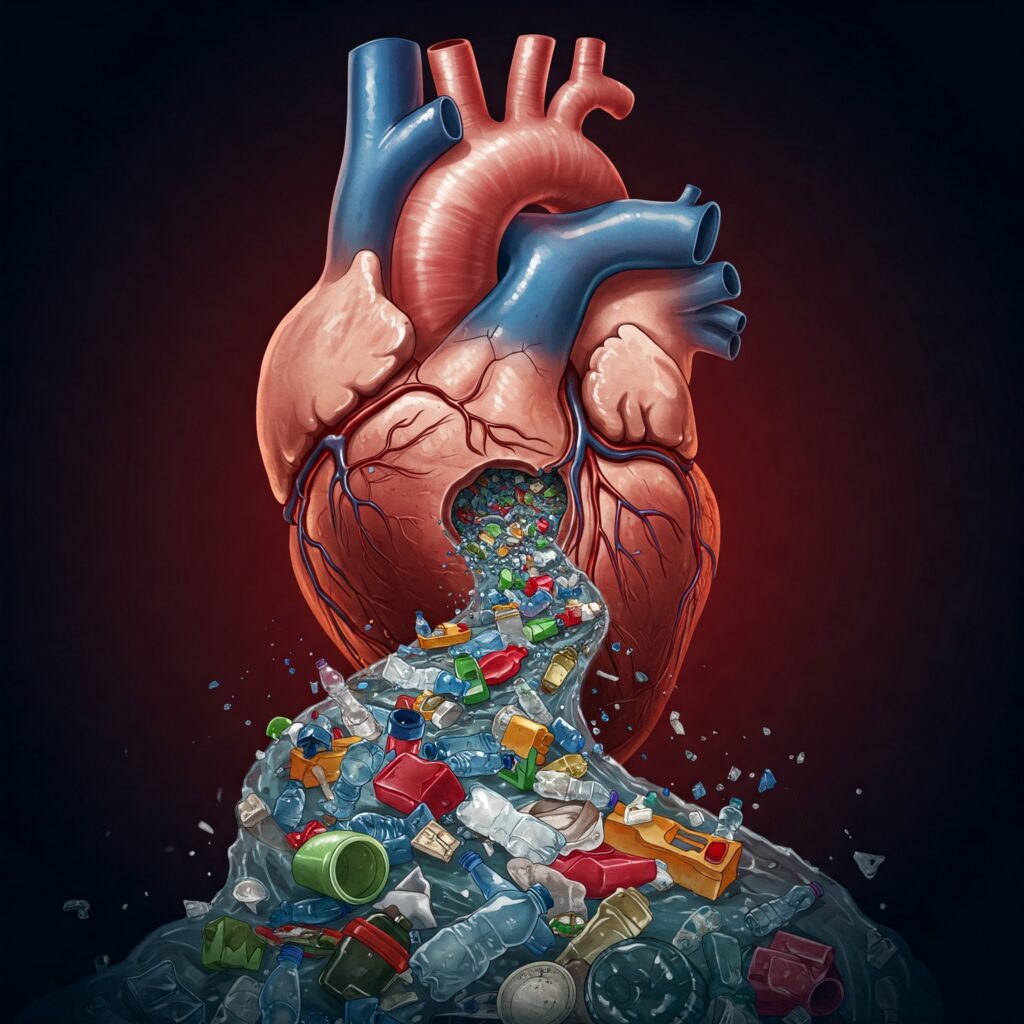
Dive into the full news through here
We are Mutating Faster Than Scientists Expected
Researchers created the most detailed map yet of human genetic mutations across generations using advanced DNA sequencing.
They discovered some DNA regions mutate much faster than previously known, with nearly 200 new changes per person per generation. This finding helps distinguish between inherited diseases and new mutations, improving genetic counseling. A four-generation Utah family provided invaluable DNA data for the study. The team’s open-access results lay groundwork for understanding evolution and predicting genetic disease risk.
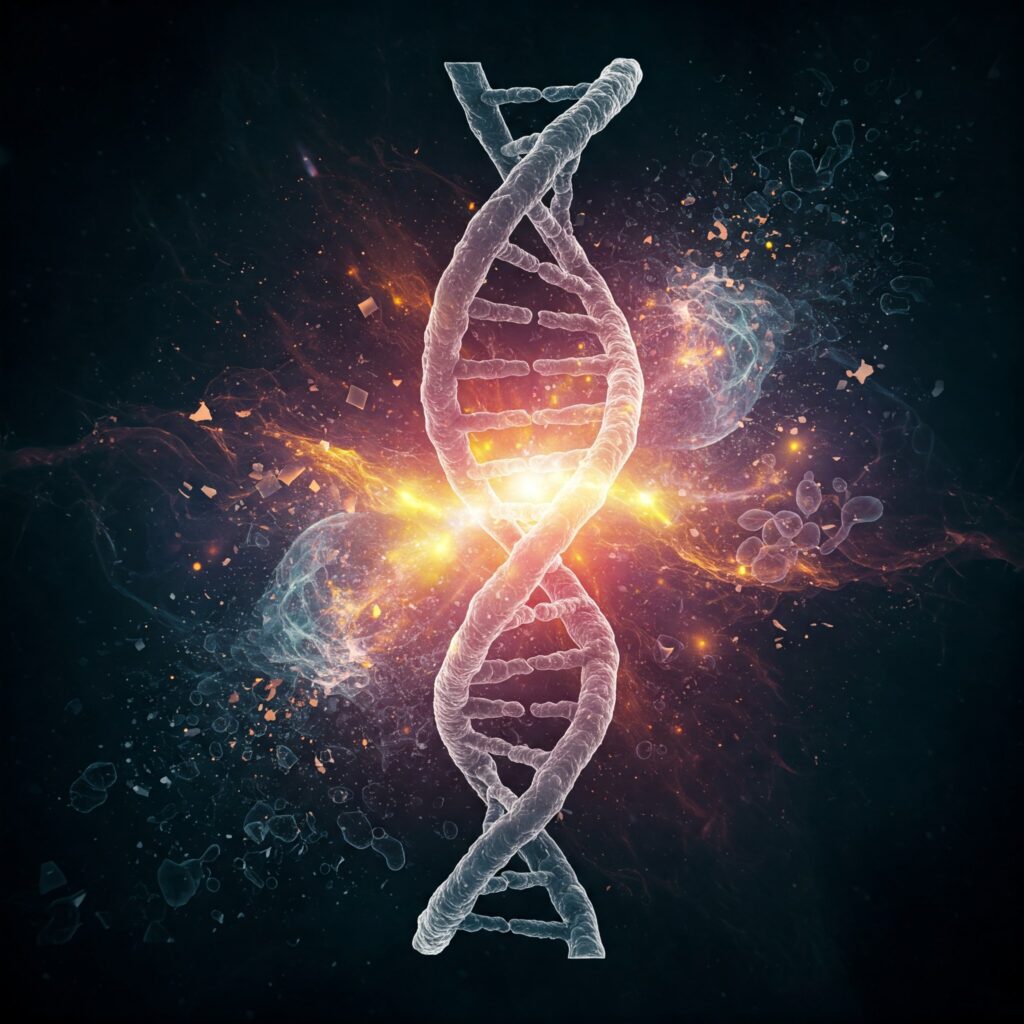
Dive into the full news through here
Mechanism by which the brain weighs positive vs. negative social experience is revealed
Mount Sinai researchers identified how the brain assigns positive or negative emotional value (valence) to social interactions. They found that serotonin and neurotensin, acting in the hippocampus, control opposing social impressions via specific receptors. In a mouse model of autism spectrum disorder (ASD), activating the serotonin 1B receptor restored positive social valence. This reveals a potential neuromodulatory “switch” that helps adapt behavior based on social experiences. The findings could lead to new treatments for social deficits in disorders like ASD and schizophrenia.

Dive into the full news through here
Thank you for diving into this week’s news with us. We hope you enjoyed uncovering these fascinating updates as much as we did. Be sure to return next week for more exciting discoveries from the world of science. Until then, stay curious and keep exploring!

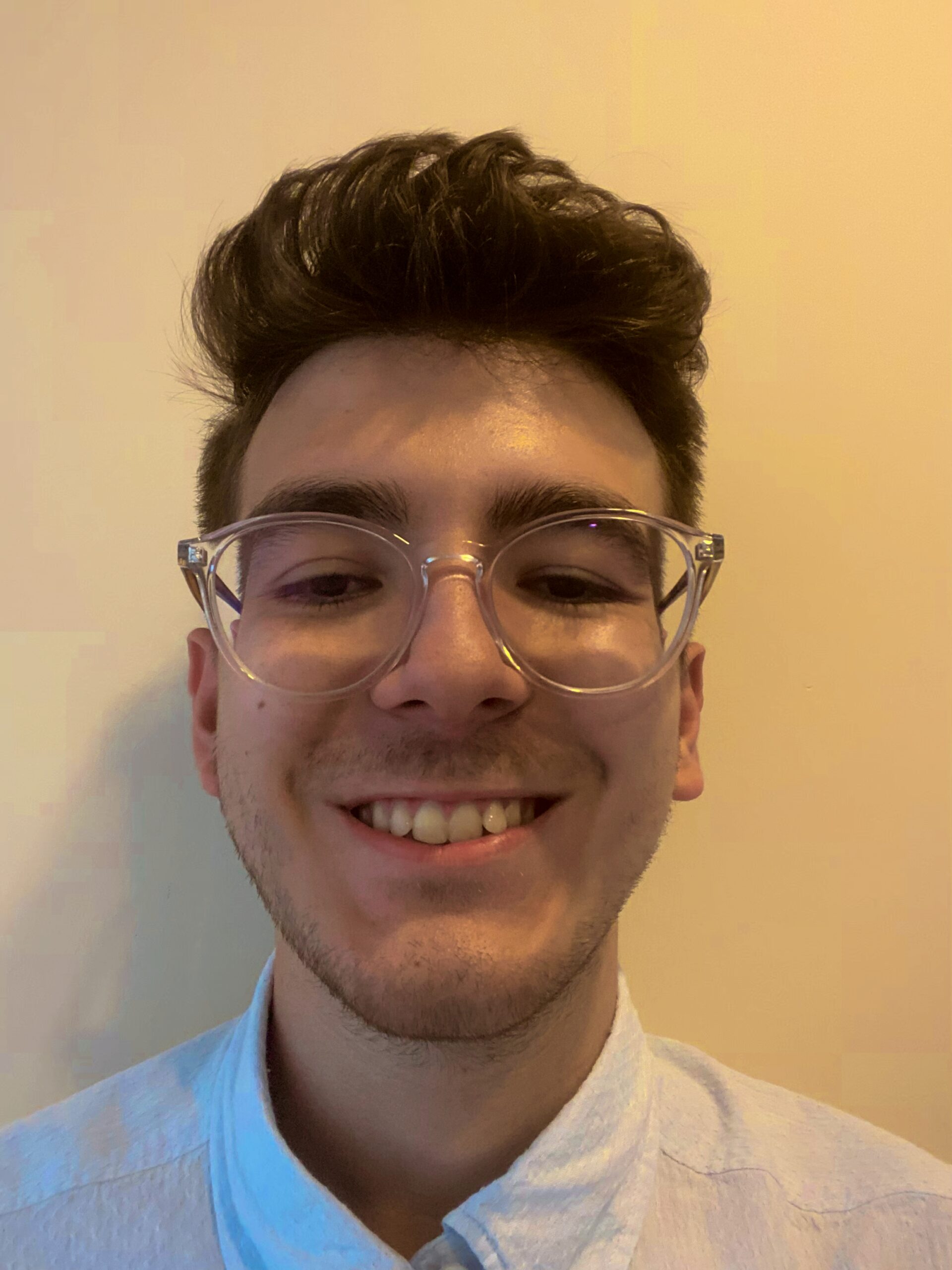
My name is Ali Emre Cabadak, a dedicated biology enthusiast currently pursuing my studies at Marmara University, where I am majoring in Bioengineering. As a passionate advocate for scientific discovery and innovation, I am the founder of Biologyto. My goal is to bring the wonders of biology closer to everyone and inspire a new generation of thinkers and innovators. Through Biologyto, I aim to write scientific articles that delve into the fascinating world of biology, sharing insights and discoveries that inspire curiosity and innovation.


